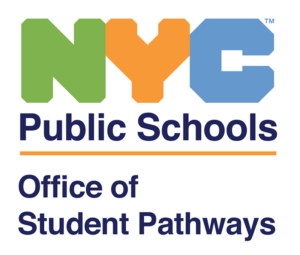Work-Based Learning - Workplace Tour Activity Guide

Workplace Tour Fact Sheet
What is a Workplace Tour?
A Workplace Tour is a highly-structured Career Awareness activity in which students visit a workplace, learn about the business, meet employees, ask questions and observe work in progress.
More than a simple field trip or site visit, a Workplace Tour is designed and structured to meet specific learning outcomes, be educationally rich, and build awareness of the business, its industry sector, its role in the economy and the career options it provides.
A Workplace Tour involves preparation and follow-up in the classroom, including research and reflection by students. Tours generally last between an hour-and-a-half to two hours.
Sustaining and growing Workplace Tours and all other work-based learning activities depend on maintaining positive relationships with the participating employers. These employers should be treated as valued customers and partners with frequent check-ins to address participation needs as they arise.
Virtual Note: Some employers may be in a position to conduct a virtual tour of their workplace, perhaps as part of a scheduled Virtual Guest Speaker activity.
Workplace Tours are designed to:
- Provide exposure to the industry sector, potential career opportunities and jobs.
- Build occupational knowledge.
- Build an understanding of the education and training needed for entry into careers in the industry.
- Foster an understanding of the business’s workforce and its contributions to the community.
Workplace Tours are structured to:
- Enhance workplace knowledge and build career awareness.
- Illustrate how key academic concepts are applied in the real world.
- Offer students a chance to ask questions and observe work in progress.
- Promote student interaction with professional adults.
Workplace Tours are supported by:
- Student preparation and follow-up in the classroom.
- Research on the industry, the careers it offers and the hosting company.
- Support for employer partners in delivering an engaging and interactive tour.
- Opportunities to reflect upon the experience verbally and in writing.
Workplace Tours are connected to:
- Classroom learning and preparation.
- Individual career development/training plans.
- A sequence of educational, training and workplace activities.
- The student’s next step, by intentionally sequencing with future work-based or career-related classroom experiences.
Workplace Tours are one activity in the continuum of authentic work-based experiences provided to all students engaged in career-related programs or course of study in New York City Public Schools.
Required Materials
Implementation Materials
Support Materials

Quick tips for Work-Based Learning Coordinators* to ensure a successful Workplace Tour
Before the Workplace Tour
During the Workplace Tour
After the Workplace Tour
Go Deeper
Virtual Note
Some employers may be in a position to conduct a virtual tour of their workplace, perhaps as part of a scheduled Virtual Guest Speaker activity.
*In New York State, this includes certified work-based learning coordinators and others who facilitate, arrange and support work-based learning activities for students.
